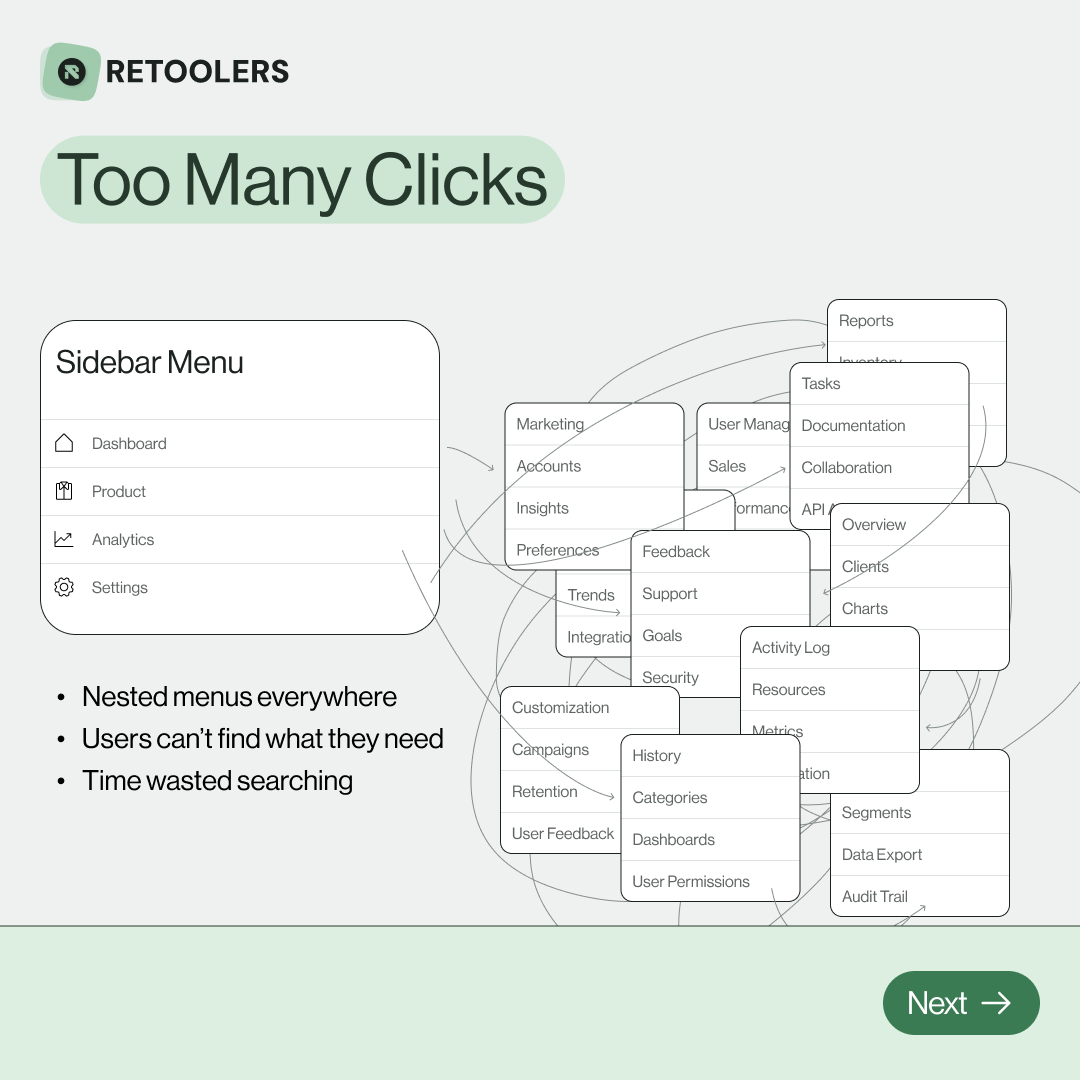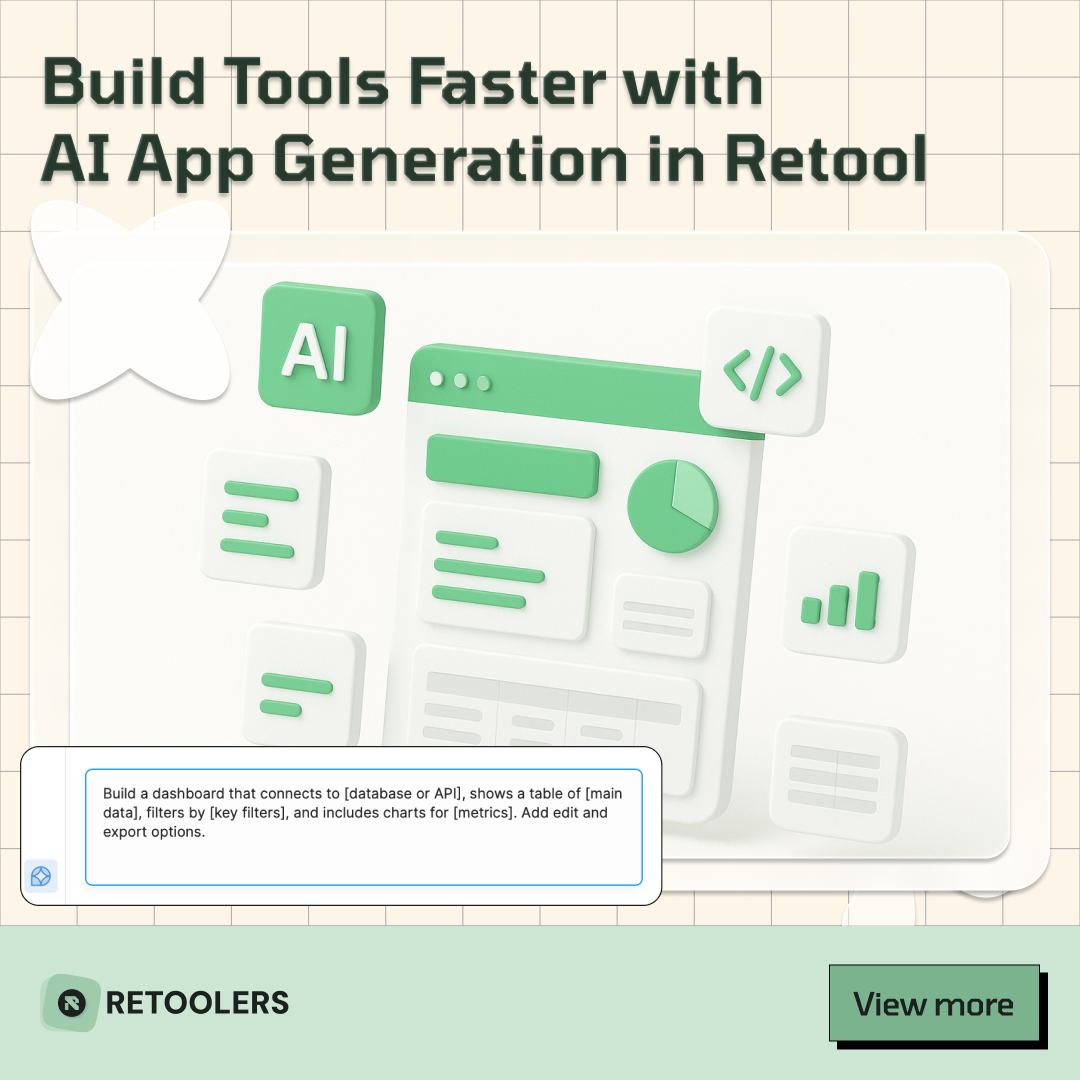Hiep Nguyen
February 28, 2025
•
20 mins read

In the digital age, blogging has become a cornerstone of communication, branding, and education. However, managing a blog isn’t without its challenges. Enter the AI Blogging CMS with Retool: a system designed to simplify, enhance, and streamline the entire blogging process.
An AI Blogging CMS (Content Management System) is a platform that combines traditional blogging functionalities with the power of artificial intelligence. It helps creators:
• Automate content generation.
• Refine drafts for readability and engagement.
• Organize and optimize posts for SEO.
• Provide analytics for post performance.
Blogging with AI has numerous benefits, including:
• Time efficiency: Automates repetitive tasks.
• Enhanced creativity: AI suggests content ideas and refinements.
• Data-driven insights: Real-time analytics drive strategy.
Now, let’s dive into how to create an AI Blogging CMS with Retool. This section walks through the process from setting up your backend to implementing AI-powered features.
Before building the interface, define a structured backend. Use PostgreSQL, MySQL, or any database Retool supports. Create the following tables:
• id (Primary Key): Unique identifier.
• title: Blog post title.
• content: Full content of the blog post.
• status: Enum (Draft, Published).
• author_id: Foreign key linking to users.
• tags: JSON array for flexible tagging.
• created_at and updated_at: Timestamps.
• id (Primary Key): Unique identifier.
• name: User’s full name.
• role: Enum (Admin, Editor).
• id (Primary Key): Unique identifier.
• name: Category name.
• Published vs. draft posts.
• Most-viewed post (from analytics).
• Actions: View/Edit/Delete.
• Include a “Save as Draft” and “Publish” button.
• Add a “Generate Content” button to the Post Editor form.
• On click, send the blog title to the OpenAI API:
const prompt = `Write a blog post about "${title}" with engaging and informative content.`;
const response = await fetch('https://api.openai.com/v1/completions', {
method: 'POST',
headers: {
'Authorization': `Bearer YOUR_API_KEY`,
'Content-Type': 'application/json',
},
body: JSON.stringify({
model: 'text-davinci-003',
prompt: prompt,
max_tokens: 800,
}),
});
const data = await response.json();
setContent(data.choices[0].text); // Populate content editor• Use a dropdown menu in the Post Editor to select a category.
• Fetch categories from the categories table using:
SELECT * FROM categories;• Use a multiselect input for tags.
• Store tags as a JSON array in the posts table.
• Use Retool’s PostgreSQL/MySQL connector to link your app to the database.
• Write queries for CRUD operations:
INSERT INTO posts (title, content, status, author_id, tags, created_at)
VALUES ($title, $content, $status, $author_id, $tags, NOW());SELECT * FROM posts WHERE status = 'Published';UPDATE posts SET title = $title, content = $content, status = $status, tags = $tags, updated_at = NOW()
WHERE id = $id;• Display metrics on the dashboard.
By following this guide, you can build a feature-rich AI Blogging CMS with Retool. This platform not only simplifies blog management but also empowers creators with AI tools for content generation and optimization.
Start building your AI Blogging CMS with Retool today and integrate AI incrementally to see its transformative impact.
Start building with Retool today and see the difference it can make.
At Retoolers, we specialize in helping businesses like yours create powerful internal tools using Retool. Whether you need a custom dashboard, an admin panel, or a complete workflow automation solution, we've got the expertise to bring your ideas to life.
Get in touch with us today to see how we can help you optimize your operations with Retool. Contact Retoolers and let’s get started!
Looking to supercharge your operations? We’re masters in Retool and experts at building internal tools, dashboards, admin panels, and portals that scale with your business. Let’s turn your ideas into powerful tools that drive real impact.
Curious how we’ve done it for others? Explore our Use Cases to see real-world examples, or check out Our Work to discover how we’ve helped teams like yours streamline operations and unlock growth.

🔎 Internal tools often fail because of one simple thing: Navigation.
Too many clicks, buried menus, lost users.
We broke it down in this 4-slide carousel:
1️⃣ The problem (too many clicks)
2️⃣ The fix (clear navigation structure)
3️⃣ The Retool advantage (drag-and-drop layouts)
4️⃣ The impact (happier teams)
💡 With Retool, you can design internal tools that are easy to use, fast to build, and simple to maintain.
👉 Swipe through the carousel and see how better UX = better productivity.
📞 Ready to streamline your tools? Book a call with us at Retoolers.

🚀From idea → app in minutesBuilding internal tools used to take weeks.
Now, with AI App Generation in Retool, you can describe what you want in plain English and let AI do the heavy lifting.
At Retoolers, we help teams move faster by combining AI + Retool to create tools that actually fit their workflows.
👉 Check out our blog for the full breakdown: https://lnkd.in/gMAiqy9F
As part of our process, you’ll receive a FREE business analysis to assess your needs, followed by a FREE wireframe to visualize the solution. After that, we’ll provide you with the most accurate pricing and the best solution tailored to your business. Stay tuned—we’ll be in touch shortly!



